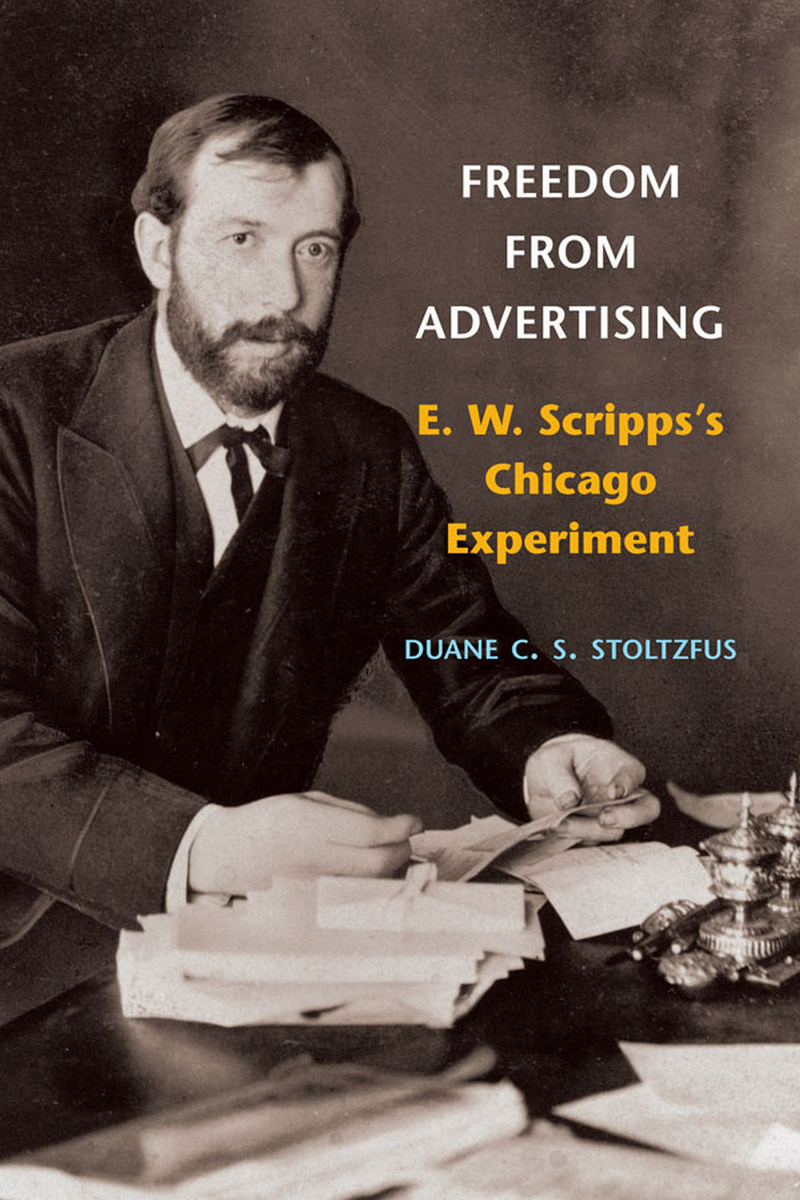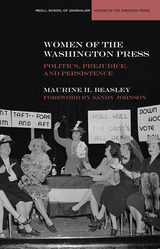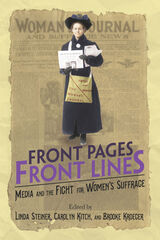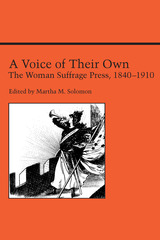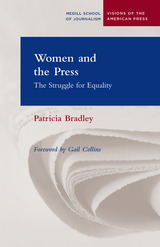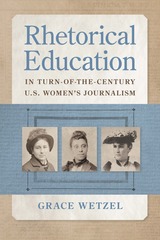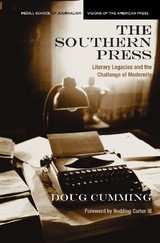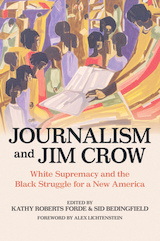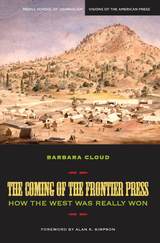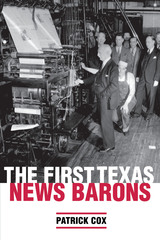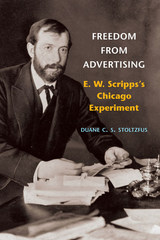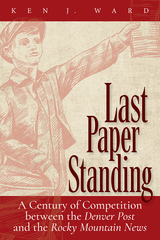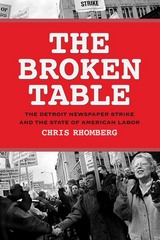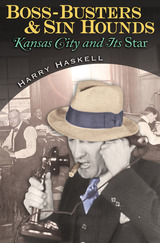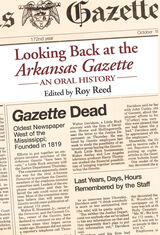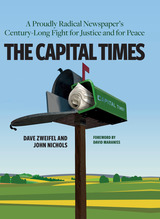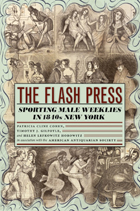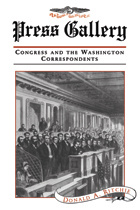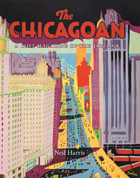Freedom from Advertising: E. W. Scripps's Chicago Experiment
University of Illinois Press, 2006
eISBN: 978-0-252-05106-7 | Cloth: 978-0-252-03115-1
Library of Congress Classification PN4899.C375D398 2007
Dewey Decimal Classification 071.7311
eISBN: 978-0-252-05106-7 | Cloth: 978-0-252-03115-1
Library of Congress Classification PN4899.C375D398 2007
Dewey Decimal Classification 071.7311
ABOUT THIS BOOK | AUTHOR BIOGRAPHY | REVIEWS | TOC
ABOUT THIS BOOK
Disgusted by publishers and editors who refused to cover important stories for fear of offending advertisers, the press baron E. W. Scripps rejected conventional wisdom and set out to prove that an ad-free newspaper could be profitable entirely on circulation. Duane C. S. Stoltzfus details the history of Scripps’s innovative 1911 experiment, which began in Chicago amid great secrecy. The tabloid-sized newspaper was called the Day Book, and at a penny a copy, it aimed for a working-class market, crusading for higher wages, more unions, safer factories, lower streetcar fares, and women’s right to vote. It also tackled the important stories ignored by most other dailies, like the labor conflicts that shook Chicago in 1912.
Though the Day Book’s financial losses steadily declined over the years, it never became profitable, and publication ended in 1917. Nevertheless, Stoltzfus explains that the Day Book served as an important ally of workers, a keen watchdog on advertisers, and it redefined news by providing an example of a paper that treated its readers first as citizens with rights rather than simply as consumers.
See other books on: 1854-1926 | Advertising | Freedom | Objectivity | Scripps, E. W. (Edward Willis)
See other titles from University of Illinois Press
